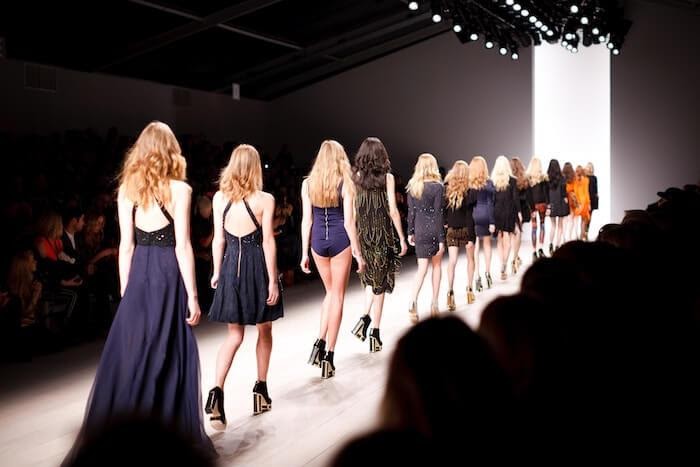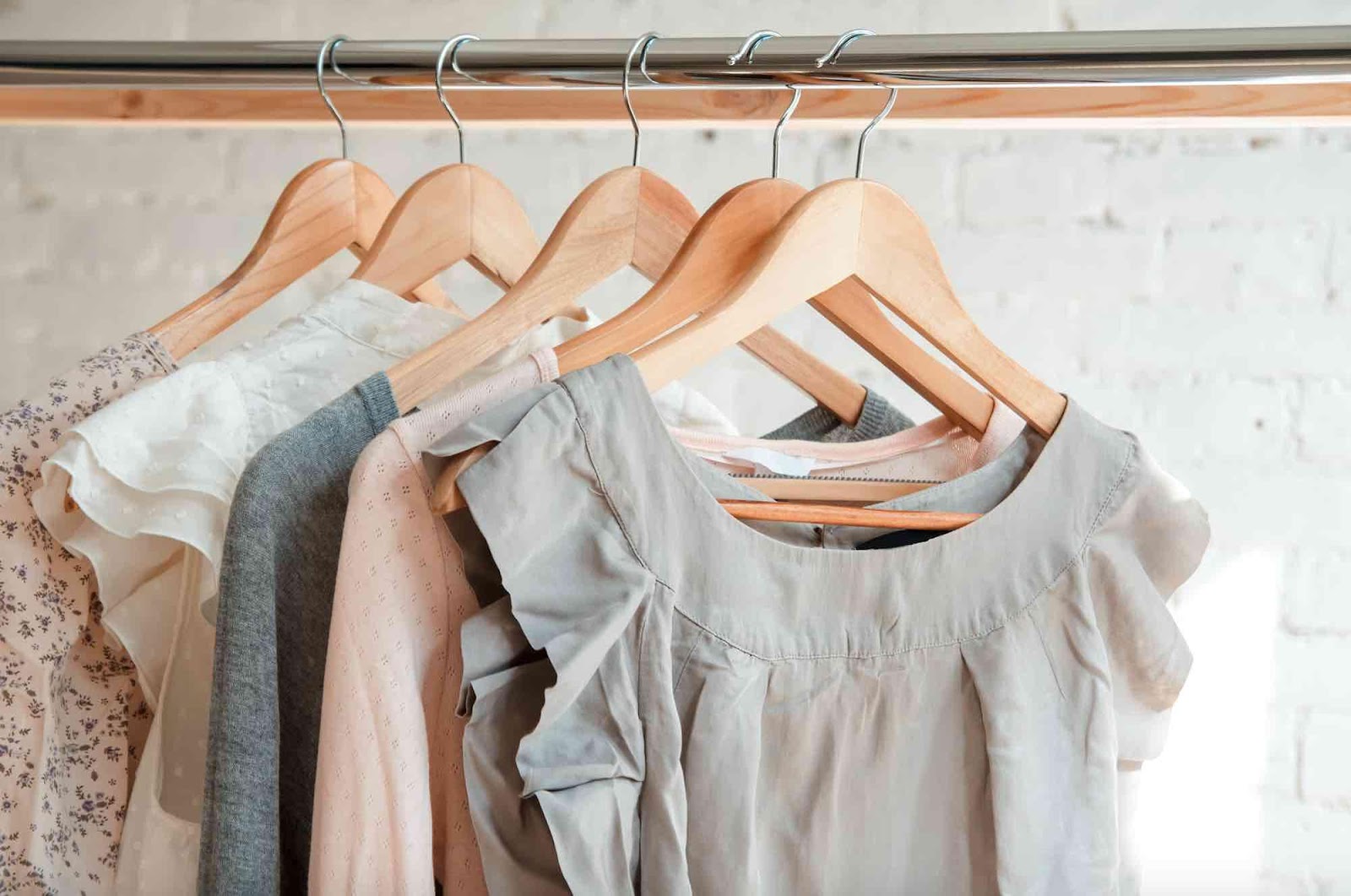In order to launch and run a fashion brand based around a specific product, you need to focus on collection creation. The consistency and quality of these collections in their presentation is the foundation of a successful brand and what sets one apart from the rest. These factors are also what creates a good or bad reputation for a business, however wrong that might prove to be sometimes.

We often hear that your last collection is what makes or breaks you. While this can bring a lot of stress on the designer, it is definitely not something to get hung up, as the fashion industry is known to be fickle, ever-changing, and susceptible to being driven by fleeting trends. That is why it is crucial to know how to develop a commercially strong one that speaks to buyers and makes sense in terms of the business aspect of things. You can see such a collection if you click here. But let’s take a look at some tips you can utilize in the making of your own success story.
Tell A (Your) Story
A good product, which is bound to have commercial success, should possess a specific style that’s both consistent from the very beginning, and easy to recognize. All collection pieces should complement each other and work well towards a good merchandising outcome. The first thing to brainstorm and work on is the brand-signature style that should evolve and unfold over time but still be recognizable throughout the product line, thus establishing its presence on the market with every new collection that comes out.
This signature style is what results in a brand being recognizable, and makes one designer stand apart from others. It achieves this by a unique and particular use of techniques, colors, patterns, shapes, and motifs, or even the way certain materials are combined in an item. The way these elements are interwoven while telling their story is how design aesthetic comes into life.
Determine Collection Type And Size
We often perceive designer fashion lines as a multitude of items thrown together in the creation of a look or piece. However, the opposite phenomenon is no less valid. Your line could easily revolve around a single product that is presented in various looks which differ in color palette, size, style, etc. Before you start working on your business, decide on the type of designs and products you want to center it around and proceed from there. You can start with a single fashion item and consequently build a full-blown multi-product line around it, although the opposite trend is more traditional and common.
Next, set a specific collection size you will be aiming at. It is traditionally accepted that a line should comprise at least 12 pieces, and the larger and more versatile, the more room there is for variety and exposure. The more versatile, the better. Of course, be mindful of the total number of looks, since each will probably consist of more than one item of clothing , and this will affect the total number of pieces required (one top and one bottom per look, for example).
When Less Is More
Be mindful of the fact that sometimes the presence of more variety is not necessarily the better option. Just imagine all the materials in different colors and sizes. Even material for the bare minimum will require funding, you need to account for and provide. All your supplies are going to need funding, and it can be really tight at first. And don’t forget that if you fail to calculate logistics costs alongside the materials you are going to need, this could be a recipe for disaster. The good news is that you can follow the advice at Wikihow to avoid headaches and panic, as well as increase your chances of a successful outcome.
You need to be aware that, unless you have planned and executed the whole thing very precisely, buyers will inevitably interpret an overwhelming number of items as a sign of weakness or poor decision-making skills on the part of the designer. That being said, it’s a good idea to perform a revision on the collection and reduce anything that doesn’t seem to fit well with the concept or simply looks odd. Another good idea is presenting a sample collection that enables you to receive and fulfill orders at a later time, instead of manufacturing and trying to place all products up front. That is a good way to avoid a financial disaster and is an especially valuable tip for designer newcomers.
Тhings To Watch Out For

A commercially-successful fashion line is not just a random pile-up of all the stuff you or your friends like to wear. The creation of one encompasses a much more complex and precise process of planning, brainstorming, creating, manufacturing and presenting to the world to see. You need to have a bold and attractive statement piece that speaks about the brand identity and is usually produced in really small quantities. That’s the one you show to both press and the end buyer.
Then you need to think about the pieces that will sell the most, as well as the signature ones that will keep the whole thing together. Do not forget to price them in the mid-range, in order to ensure good sales numbers. Do your research and find out what will be attractive to your audience, make a plan and then get creative in your own unique way.










